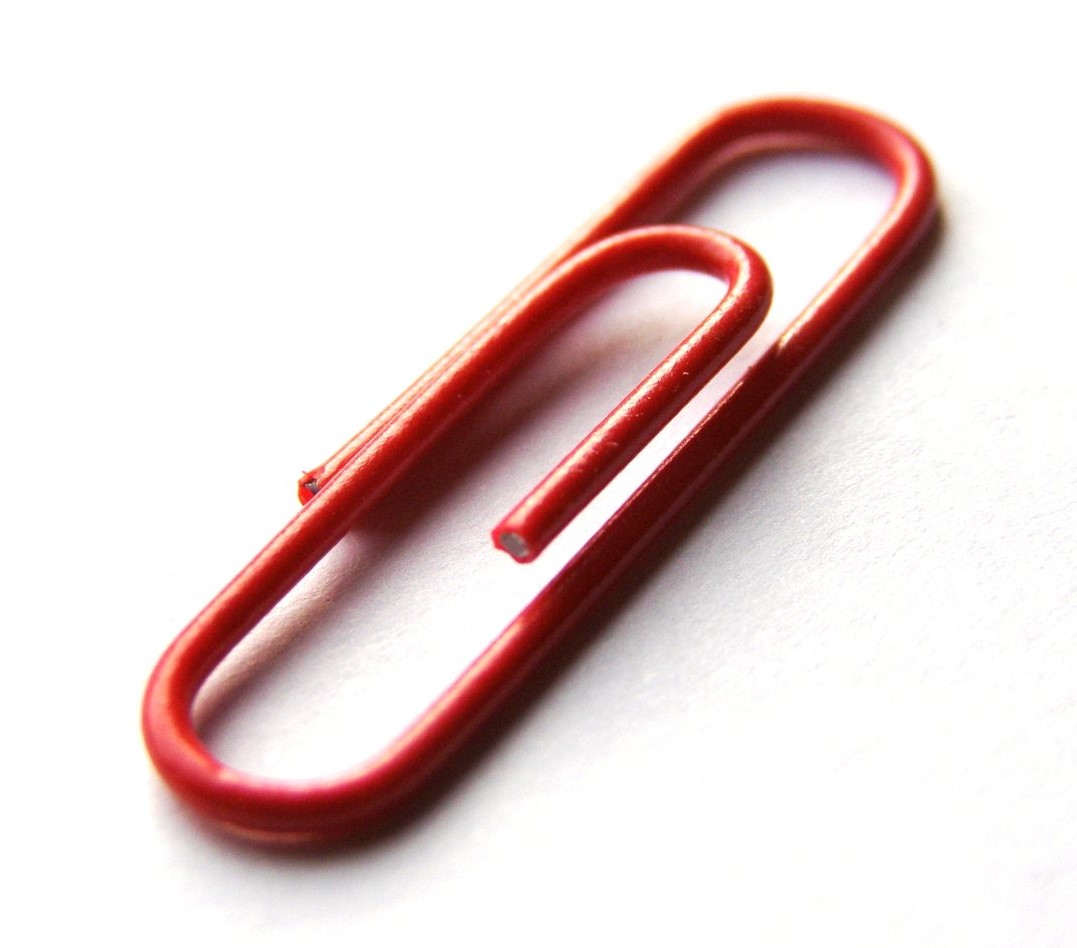As I was browsing through my journal list this week, I ran into an interesting title for an article that is currently in press.
“The use of radio-opaque markers is medical dogma”
Catchy, especially since I love writing about dogma vs what is really supported by the literature. The author questions the justification of this practice and posits that there are risks to extrapolating information based on radiographs with markers placed by the trauma team.

The author first reviewed the literature on the use of markers for penetrating injury, which started only recently, in 2002. Markers were initially used to precisely locate the penetration site since skin wounds (obviously) don’t show up on X-rays. Typically, these were just plain old paper clips. Some trauma professionals placed them directly over the wound. Others un-bent them and fashioned them into shapes that pointed to the exact location of the wound.
With the growing usage of CT scans to evaluate stable patients, modifications to the marker were made. Small arrow markers designed for use on x-rays were frequently used. However, even the very small ones could cause enough scatter on a CT scan to interfere with diagnosis. At some centers, Vitamin E capsules were taped on top of the wound. But thankfully, there are now special markers that can pinpoint the wound without degrading the tomographic image.
The author goes on to describe how gunshot wounds specifically are difficult to assess with a marker. Although the exact surface location may be noted, the underlying injuries vary due to size, distance, velocity, and trajectory change from tissue density or bone strikes. He also notes that it may not be wise to place a marker into a bloody field in a potentially combative patients.
The article concludes that the use of this technique for identifying anything other than surface location of penetrations lacks clinical evidence and is based only on expert opinion. Which essentially makes it dogma.
Bottom line: Here are my thoughts. First, the use of markers on penetrating wounds has been going on for much longer than the 20 years found in the trauma literature reviewed here. It has been a common practice among trauma surgeons for many, many decades. Most “seasoned” (old) trauma surgeons have been doing and teaching this for their entire careers.
I concur that we have techniques like CT scan available to us now that provide an excellent view of the penetration trajectory. The skin wound is usually apparent on the scan, but may be improved with the use of a CT-approved marker.
So why still do this for the patient arriving in your trauma bay? An experienced trauma surgeon can get a good sense of the trajectory based on the entry point, the exit wound, and the location of any retained bullet or fragments. Rapid placement of some kind of marker on all wounds followed by a quick image allows them to roughly predict what was hit, and assess the possibility that there might be bleeding that would drive the team straight to the operating room. It can help direct the surgical exploration if imaging was unnecessary or contraindicated.
So yes, this is dogma. The reality is that no one will ever be able to design a study that definitively evaluates the very soft outcomes that result from using this technique. But every senior trauma surgeon can easily cite numerous examples in their career when this method has been extremely useful. The lack of a study only means that there will never be any evidence-based guideline for the use of this technique. However, it is still acceptable to have a protocol based on substantial clinical experience. But as with all dogma, once that definitive study finally does comes along, the protocol must be modified to adhere to the findings of the study.
For now, keep using those markers! And I’m very interested in comments from both old and young trauma professionals on this topic.
Reference: The Use of Radio-opaque Markers is Medical Dogma, doi:10.1111/acem.1485, Dec 2023.

